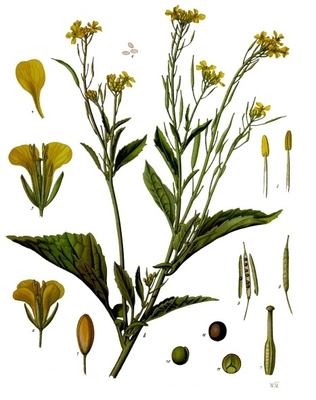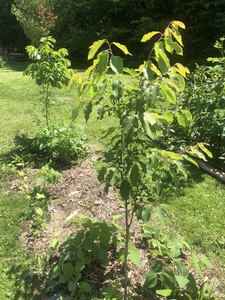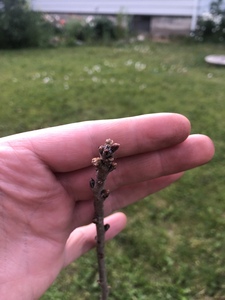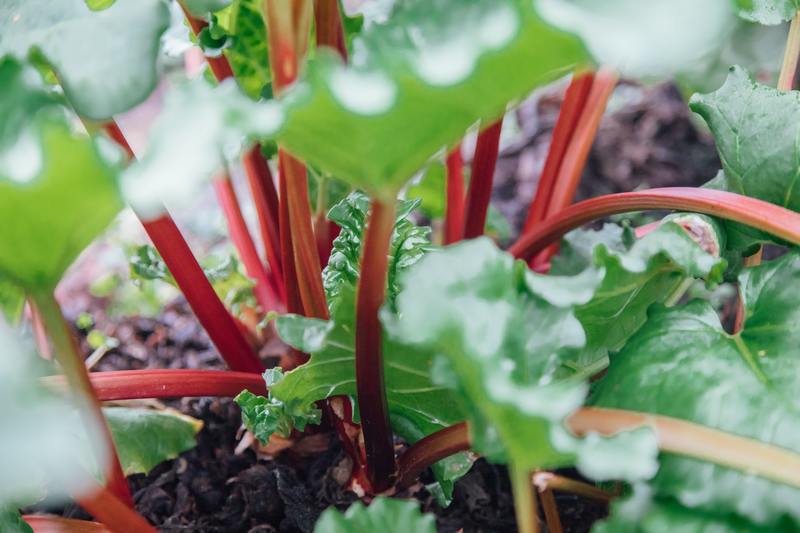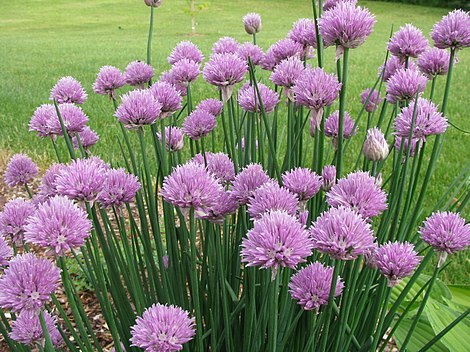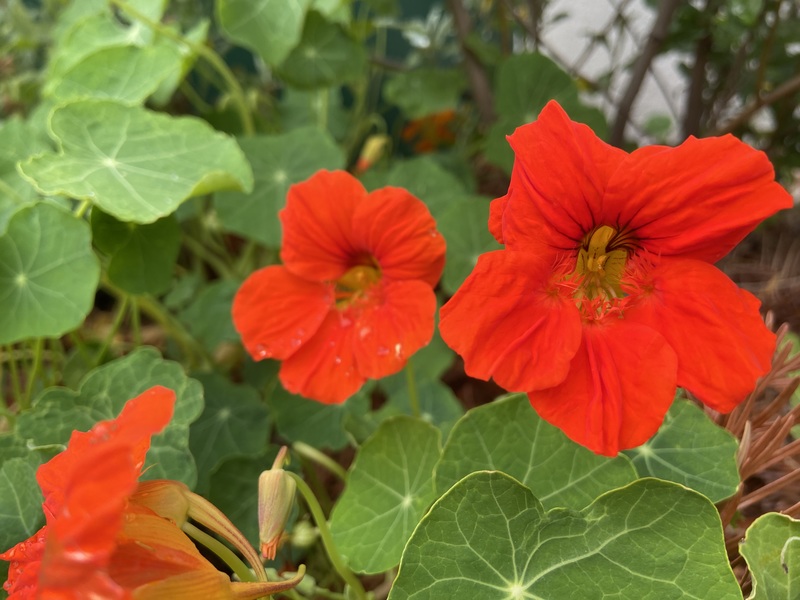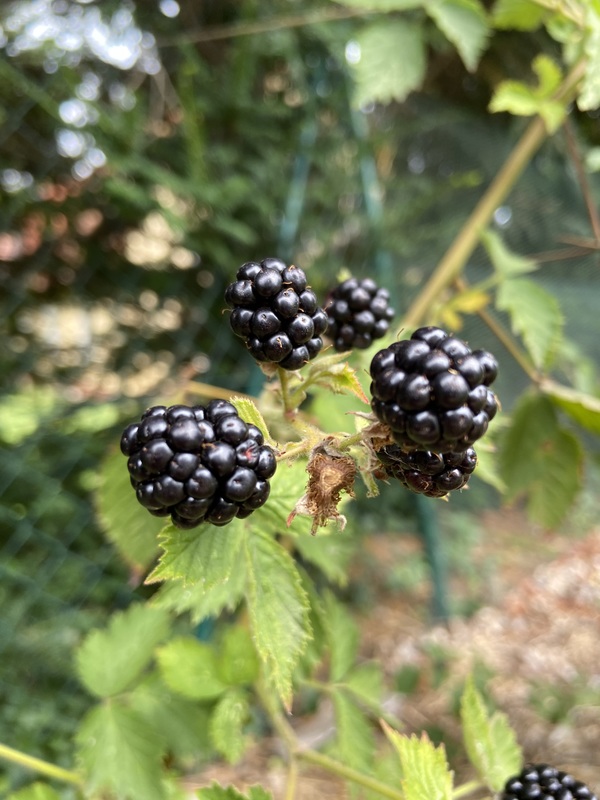Description
The Giant red mustard (Brassica juncea) is a plant native to the Himalayan region of Asia, but it is widely cultivated around the world for its edible leaves and seeds. The plant has long, deep green leaves with a purple-reddish tint, and it produces yellow flowers. The stem of the plant is relatively thin and can grow up to 3 feet tall, but it is typically much smaller.
In terms of growing conditions, the Giant red mustard prefers cool, moist conditions and can tolerate partial shade. It grows relatively quickly, and it can be differentiated from other mustard plants by its large size and reddish leaves. To cultivate the plant successfully, a grower will need to provide adequate moisture and maintain consistent temperatures. The plant is not winter hardy, so it will need to be grown in a greenhouse or indoors in colder climates.
The leaves of the Giant red mustard are edible and can be used in salads or cooked like spinach. The seeds can also be used as a spice or to make mustard. The edible parts of the plant can be stored in the refrigerator after harvest to extend their shelf life.
In addition to its use as a food source, the Giant red mustard has a number of other uses. The plant is sometimes used medicinally to treat respiratory conditions and skin disorders.
